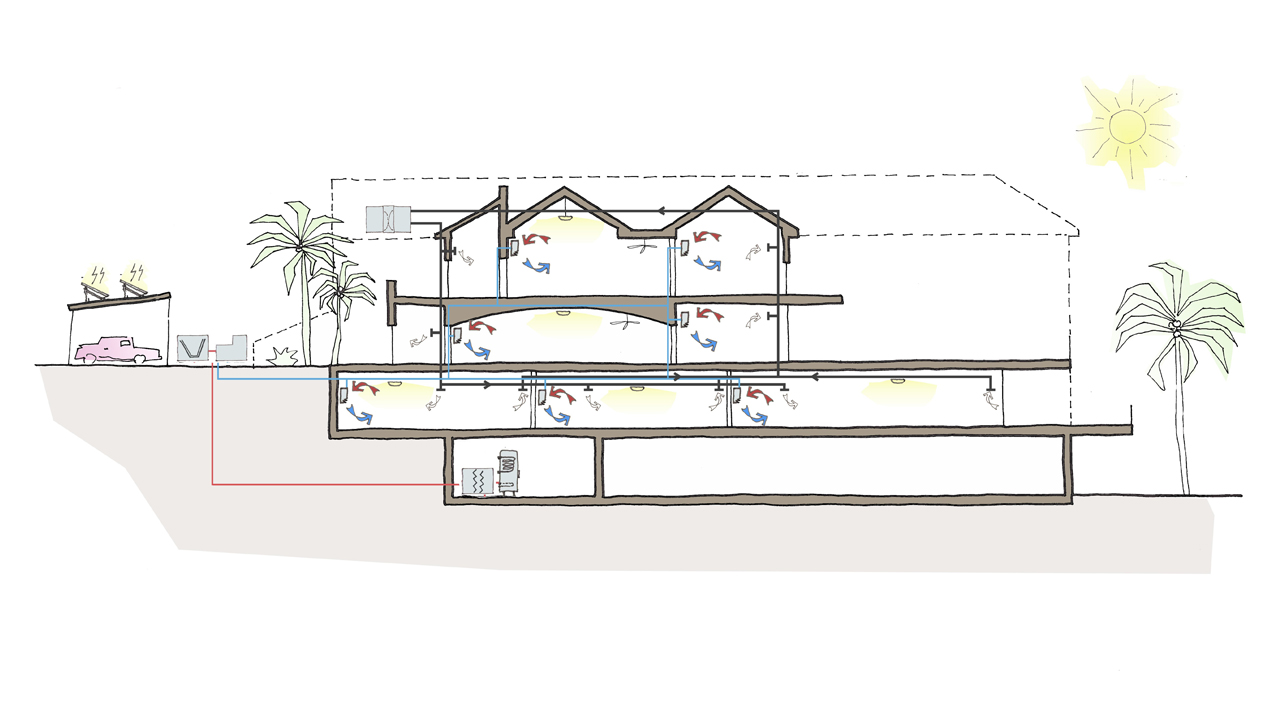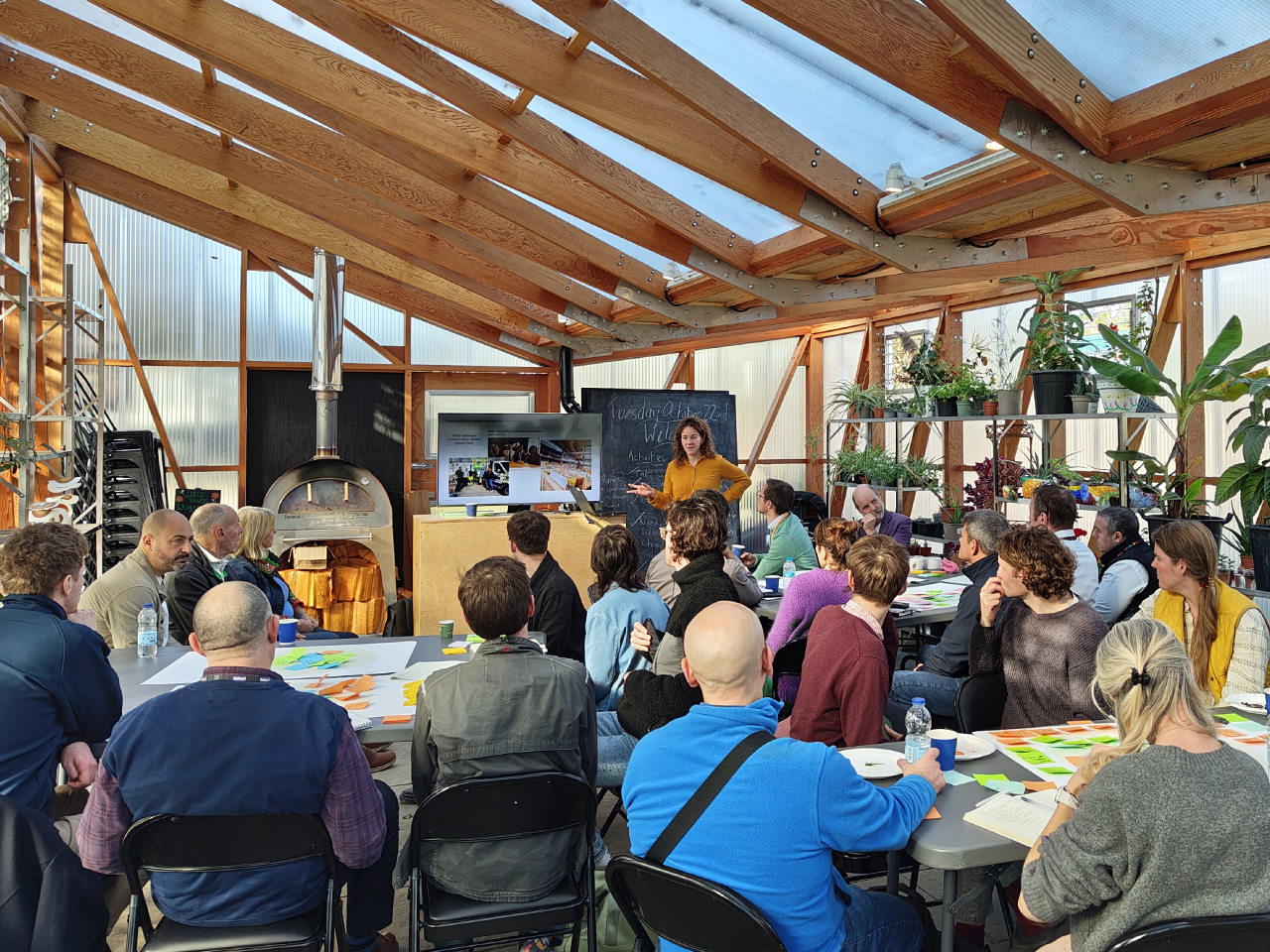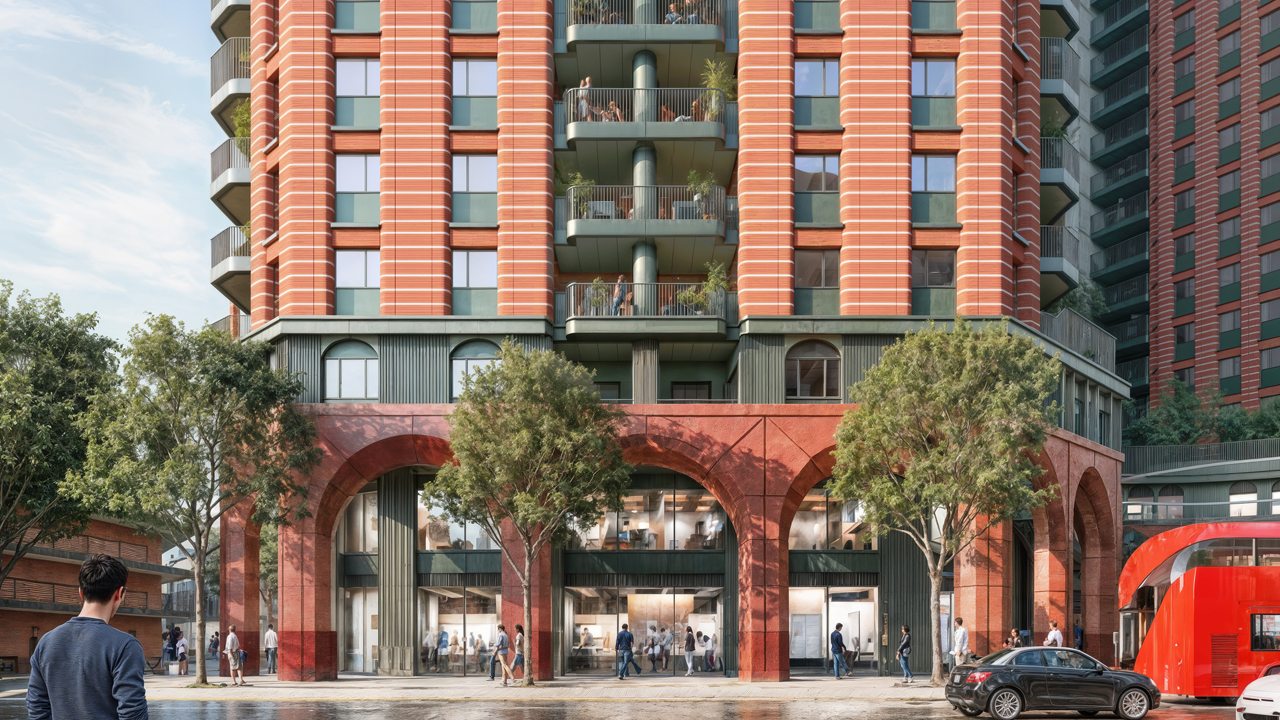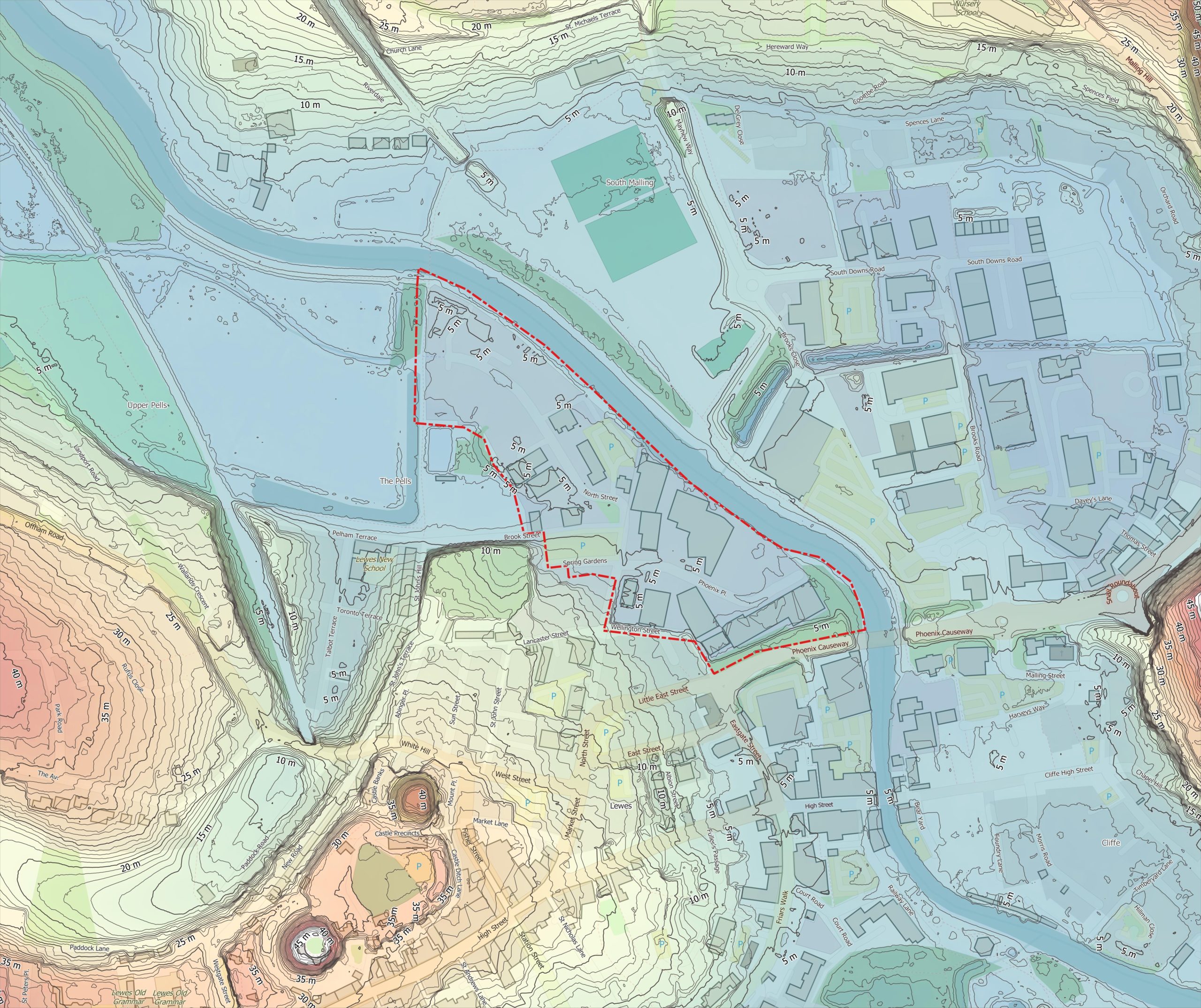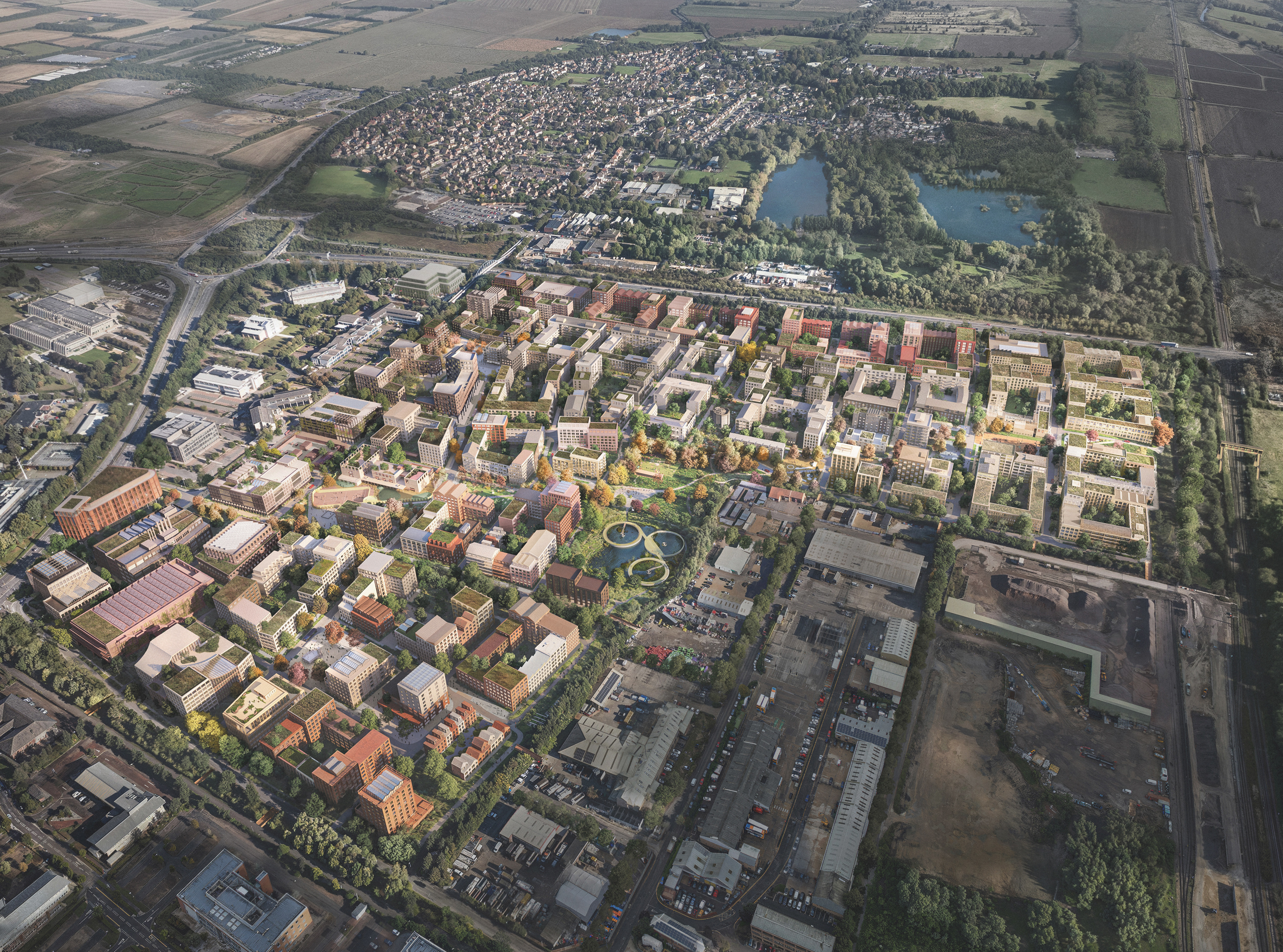Carbonera Resort
Matanzas, Cuba
Expedition delivered comprehensive masterplanning for Cuba's first major tourism development in decades, addressing complex environmental challenges while establishing sustainable infrastructure for the 365-hectare coastal resort.
The presence of calcareous rock in the resort’s north coast location, with its associated risk of subterranean caverns, made the masterplanning of building layouts and foundations particularly challenging. This demanded additional ground surveys and contingency measures if underground cavities were discovered during construction.
Hurricane exposure and coastal flooding risks required robust resilience planning. By conducting detailed flood risk assessments, we established coastal defence strategies that protected the luxury hotel, golf course, and private residences while ensuring long-term operational viability.
Collaborative engineering approach
Working closely with London & Regional Properties, the Cuban government, and local engineering agency EMPAI, we established a collaborative partnership that allowed us to contribute specialised sustainability knowledge while benefiting from local expertise in climate patterns, ground conditions, and architectural vernacular. This partnership proved essential for navigating regulatory requirements and ensuring technical solutions aligned with local construction capabilities.
By developing briefs for background studies, including site investigation and flood risk assessments, we were able to offer technical advice in relation to the civil and structural engineering aspects of the masterplan. Our comprehensive water strategy addressed multiple objectives, including treating hotel wastewater for landscape irrigation and investigating drought-tolerant grass species to minimise golf course irrigation demands. This is further to incorporating flood management systems such as permeable paving systems, retention ponds, and strategic drainage networks that could manage extreme weather conditions while protecting groundwater resources.
Through careful analysis of building orientation, natural ventilation, and thermal mass principles, we developed an energy strategy that focused on adapting local architecture to improve building performance without erasing existing Cuban design characteristics. We proposed integrating photovoltaic systems with the local grid – a first for Cuba – and investigated the potential for ground source heat pumps that were suitable for the tropical climate. Overall, we calculated that the strategy achieved approximately 60% carbon emission reduction compared to conventional practices at the time.
Beyond energy and water, our sustainability strategy incorporated comprehensive waste management planning and circular economy principles, establishing systems for organic waste composting, construction material reuse, and operational waste reduction across all facilities.
Through collaborative engineering and cultural sensitivity, we delivered technical solutions that respected local traditions while introducing modern sustainability practices – balancing economic opportunity with environmental stewardship.
Image gallery
